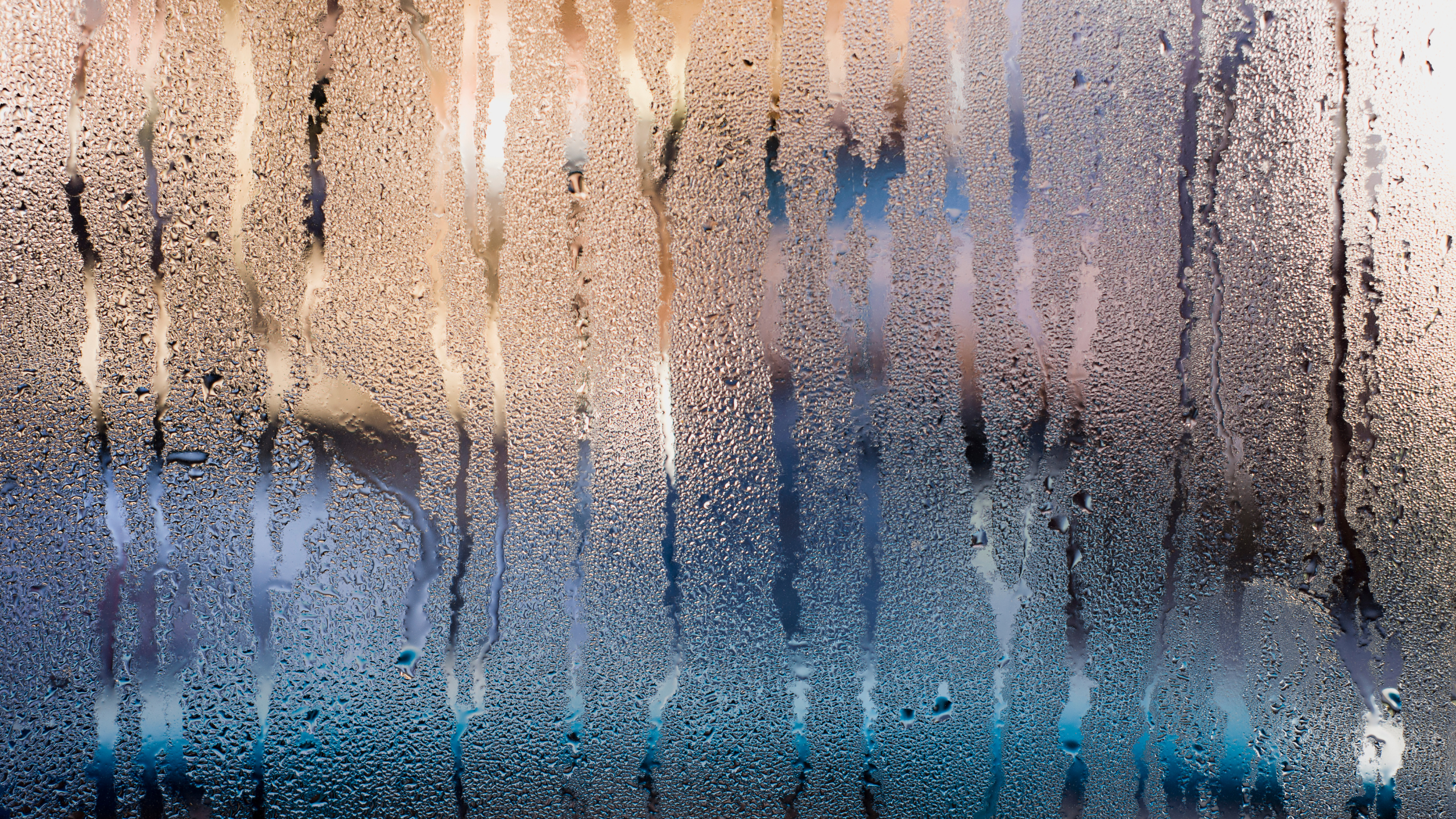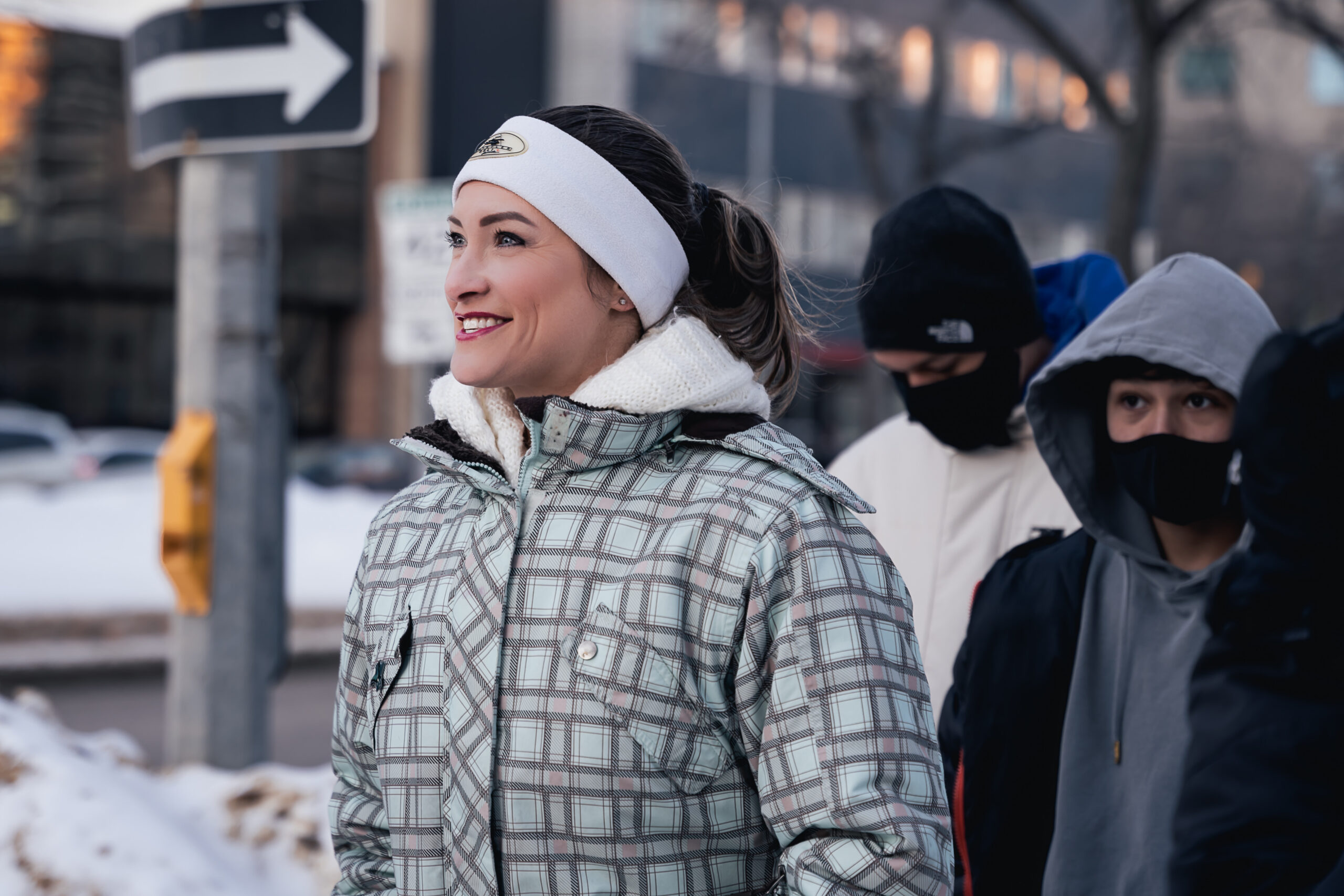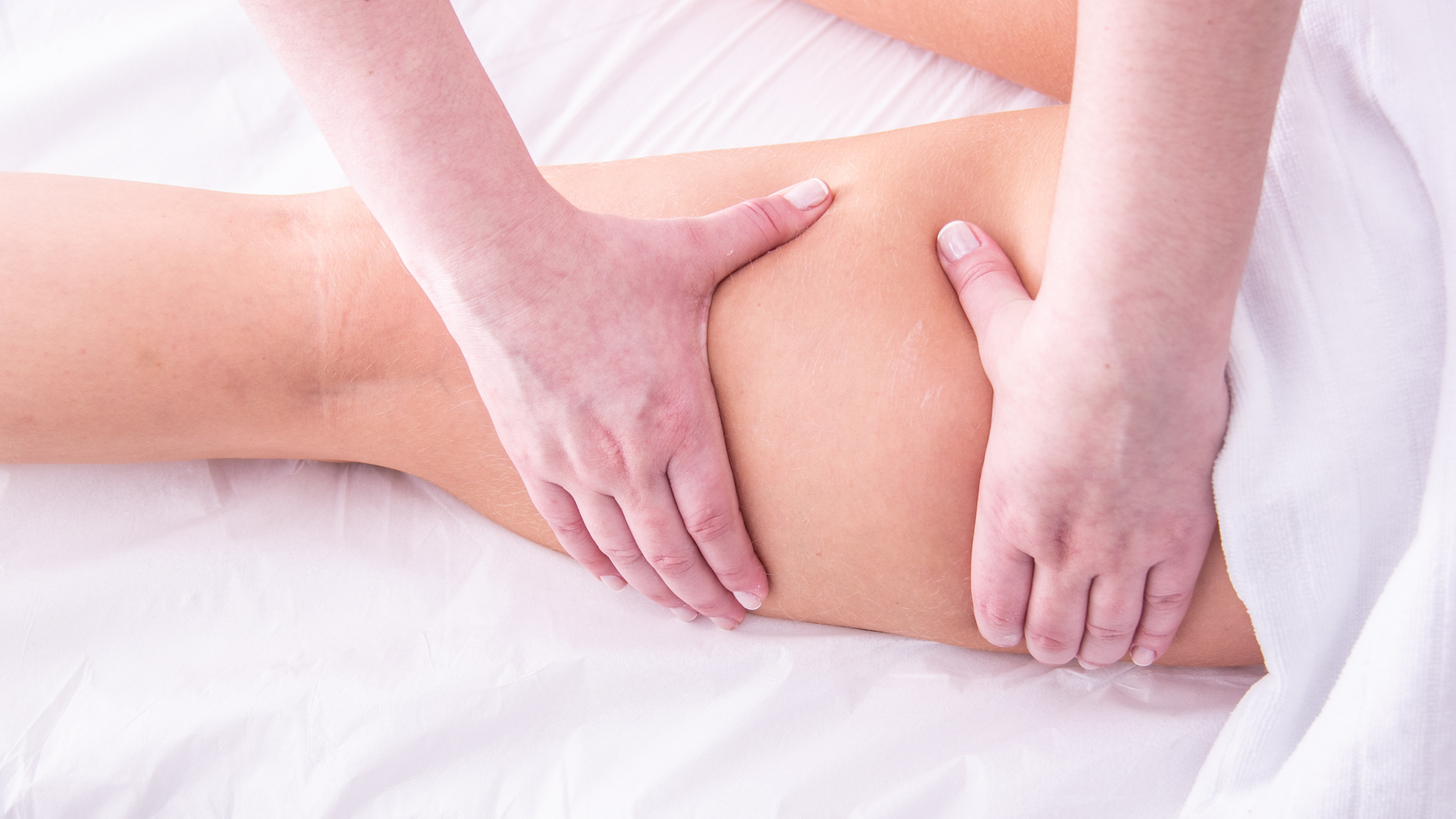Managing Lymphedema in Cold Weather
As the Canadian landscape transforms into a winter wonderland in March, those living with lymphedema face unique challenges. The cold weather can exacerbate symptoms of lymphedema, such as swelling and discomfort. However, with the right strategies, it’s possible to effectively manage these symptoms and enjoy the season. Here’s how:

Understand the Impact of Cold Weather
Cold weather can lead to tighter skin and muscles, which may restrict lymph flow. This can increase swelling and discomfort for individuals with lymphedema. Recognizing this allows for proactive management steps to mitigate these effects.

Dress Warmly and Wisely
Layering is your first defense against the cold. Opt for loose, warm layers that don’t constrict any part of your body, particularly areas affected by lymphedema. Compression garments should be worn as advised by your healthcare provider, underneath your warm layers to ensure continuous lymph flow.
Stay Active
Physical activity is crucial for promoting lymphatic flow. During colder months, indoor exercises such as yoga, swimming in a heated pool, or gentle gym workouts can be beneficial. Always ensure your affected limb or area is well-protected and avoid exposure to extreme cold before and after exercising.
Book your 15 mins FREE Consultation Here
Hydrate and Eat Right
Hydration is key, even in colder weather. Drinking warm fluids can help maintain your body’s temperature and promote good lymphatic health. Incorporating anti-inflammatory foods into your diet, such as leafy greens, nuts, and seeds, can also support lymphatic function.
Download your FREE Meal Plan Here

Regular Lymphatic Drainage
Consider manual lymphatic drainage (MLD) therapy with a certified lymphedema therapist. MLD can be especially beneficial during the winter months to encourage the flow of lymph fluid. Alternatively, self-massage following the guidance of your lymphedema therapist can also be effective.
Watch it on youtube :
Monitor for Changes
Keep a close eye on the affected area for any changes in size, shape, texture, or sensation. The cold can sometimes mask sensations, so regular visual inspections are important. Any signs of infection or significant changes should be promptly addressed by a healthcare professional.
Connect with Support Networks
Joining a lymphedema support group, whether online or in-person, can provide additional tips, emotional support, and encouragement from others who understand the challenges you’re facing, especially during the harsh Canadian winters.
While managing lymphedema in Canada’s cold March weather requires extra care and vigilance, it’s entirely possible to maintain your health and comfort with the right strategies. By staying warm, maintaining an active lifestyle, and keeping in close contact with your healthcare provider, you can navigate the challenges of lymphedema even in the coldest months.

About the author
Amanda Sobey is a certified personal trainer, certified nutritionist, and lymphedema coach with over 20 years of personal experience battling lymphedema.
She is the creator of the 16-Week Ultimate Lymphedema Journey program, which combines fitness, nutrition, and self-care to empower those with lymphedema, lipedema, or lipolymphedema.
